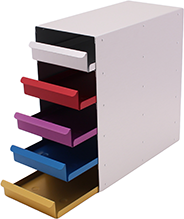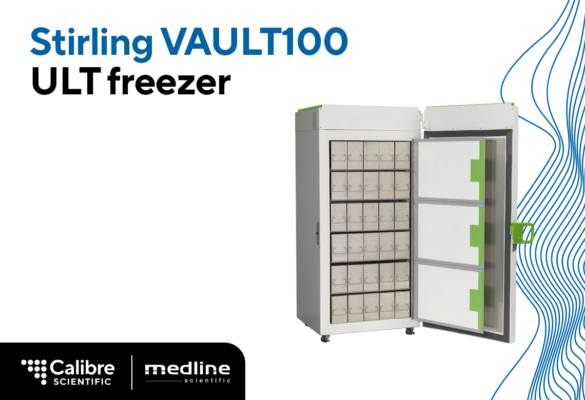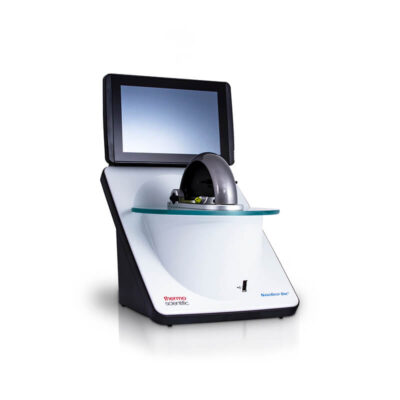Racking your ULT freezer could cost around £665 to £4100 [1], depending on the size of your freezer and the configuration of racking required. So, why bother?
Using independent data[2] supplied by laboratory sustainability specialist, Green Light Laboratories, we’ve looked at the pros and cons of installing racking on both freezer performance and energy usage.
Green Light Laboratories ULT Freezer Racking Studies
The two independent studies set out to identify the impact of aluminium and stainless steel racking upon the temperature performance and energy usage of a ULT freezer at the -80 °C setpoint. The ULT freezer had a temperature logger placed at the centre point of each of its shelf, with a further two loggers placed at the centre front and centre back points of the centre shelf.[2]
Findings of Studies
Increased pull down time to -80 °C with racking in place.
The test freezers with racking installed took over twice as long to pull down to the setpoint temperature of -80°C compared with the same freezer without racking. Consequently, more energy would be required to get a racked freezer down to its working temperature. Why is this?
The racking used in these two studies weighed 90 kg and 145 kg for aluminium and stainless steel, respectively. There is an energy cost associated with cooling this additional metal down to ultra-cold temperatures.
Energy required to recover temperature after a door opening was higher with racking in place.
Over the two-week testing period, a number of door openings were carried out.[3] In the empty ULT freezer, these door openings used 0.78 kWh of electricity. In the freezer with aluminium racking, these door openings used 1.27 kWh. Whilst with stainless steel racking, the energy used increased to 1.47 kWh.
Recovery time after door opening doubled with racking in place.
For 60, 90, and 120 second door openings, the freezers with aluminium racking and stainless steel racking took twice as along to recover their temperature. Data available on request.
So, why use racking?
1) Better temperature resilience on door opening with racking in place.
The racked freezers demonstrated better temperature stability after a door opening. The racking absorbed some of the heat following a door opening which resulted in lower rises in temperature.
After a 60 second door opening, the internal temperature was up to 6 °C colder in the racked units compared to the unracked unit.
After a 90 second door opening, the internal temperature was up to 7 °C colder in the racked units compared to the unracked unit.
After a 120 second door opening, the internal temperature was up to 10 °C colder in the racked units compared to the unracked unit. In fact, the temperatures recorded in the aluminium racked ULT freezer after a 120 second door opening were colder than those recorded in the empty ULT freezer following a 60 second door opening.
2) Option to increase the setpoint temperature to -70 °C or -75 °C with racking in place.
With racking in place, you could more confidently opt to run your ULT freezers at -70 °C or -75 °C as the impact on internal temperature after a door opening decreased with racking in place. Running your freezers at -70 °C or -75 °C rather than -80 °C should reduce energy consumption. In a separate study[4] increasing the setpoint temperature of a Stirling Ultracold SU780XLE ULT freezer (from to -80 °C to -70 °C), reduced energy usage by 25%.
3) Slower warm up time to -50 °C with racking in place.
The freezers with aluminium and stainless steel racking were slower to warm up to -50 °C when the unit was switched off. In fact, warm up times to -50 °C were doubled with racking in place, and in some compartments this time was 133% longer. The insulative properties of the metal racking would give laboratories longer to transfer critical samples to a back-up freezer in the event of freezer/power failure.
4) Door openings should be quicker with racking in place.
In theory, a freezer with racking that also utilises an inventory management system should be better organised, and make samples easier and quicker to find. Having your freezer contents organised, should enable you to plan which section of the freezer you need to access before opening the door and allow you to locate and retrieve the correct sample efficiently. The result should be quicker door openings, with less of a temperature increase and therefore reduced energy consumption required to restore the temperature.
Other considerations
It’s not always possible or practical to install freezer racking. For instance, some smaller units are not designed to be racked and racking could reduce the limited valuable storage space. However for larger freezers, racking is often helpful. In addition to improving organisation of your freezer contents, racking usually helps you to make the most of your available freezer space, particularly freezer depth. Coloured coded racking can facilitate sharing across departments and be used to establish an emergency protocol (i.e. which samples to save first in the event of power/unit failure).
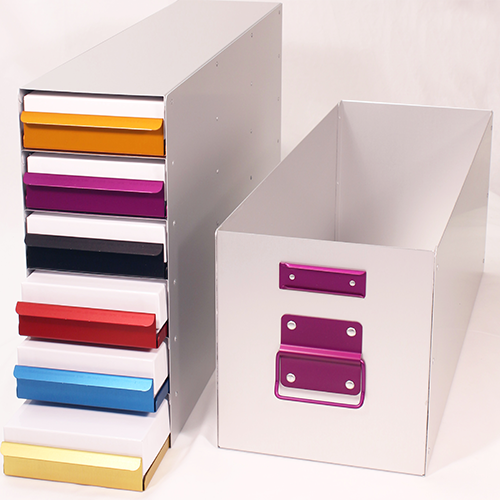
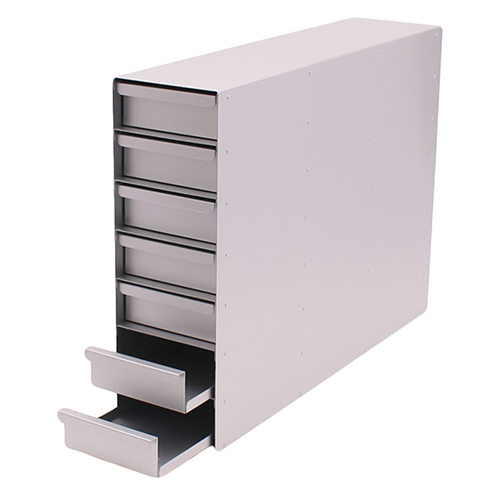
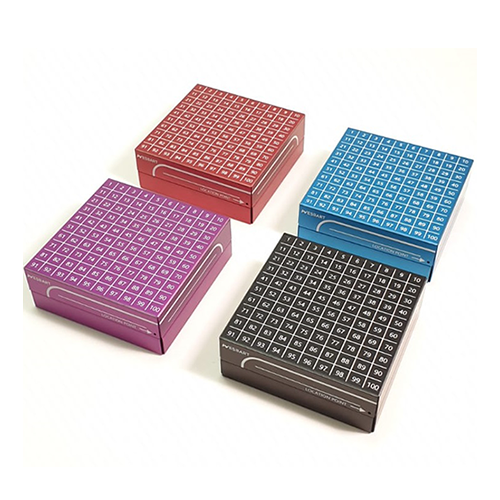
Racking from Medline Scientific
We work with a UK-based manufacturer with strict waste manage processes in place. All cut off material is recycled to ensure no waste. Old racks are also recycled whenever possible. If you would like to know more or request a quotation, please contact us. Additional information can also be found here.
[1] Cost based on drawer-style racks, 2 inch boxes.
[2] Two studies conducted by Green Light Laboratories: ULT FREEZER RACKING STUDY (2018) and ULT FREEZER RACKING STUDY – PART II (2019). Full data and test conditions available on request.
[3] Timed door openings: 4.5 mins of door opening tests over 2-week period.
[4] STIRLING ULTRACOLD SU780XLE – Green Light Laboratories: 2022

